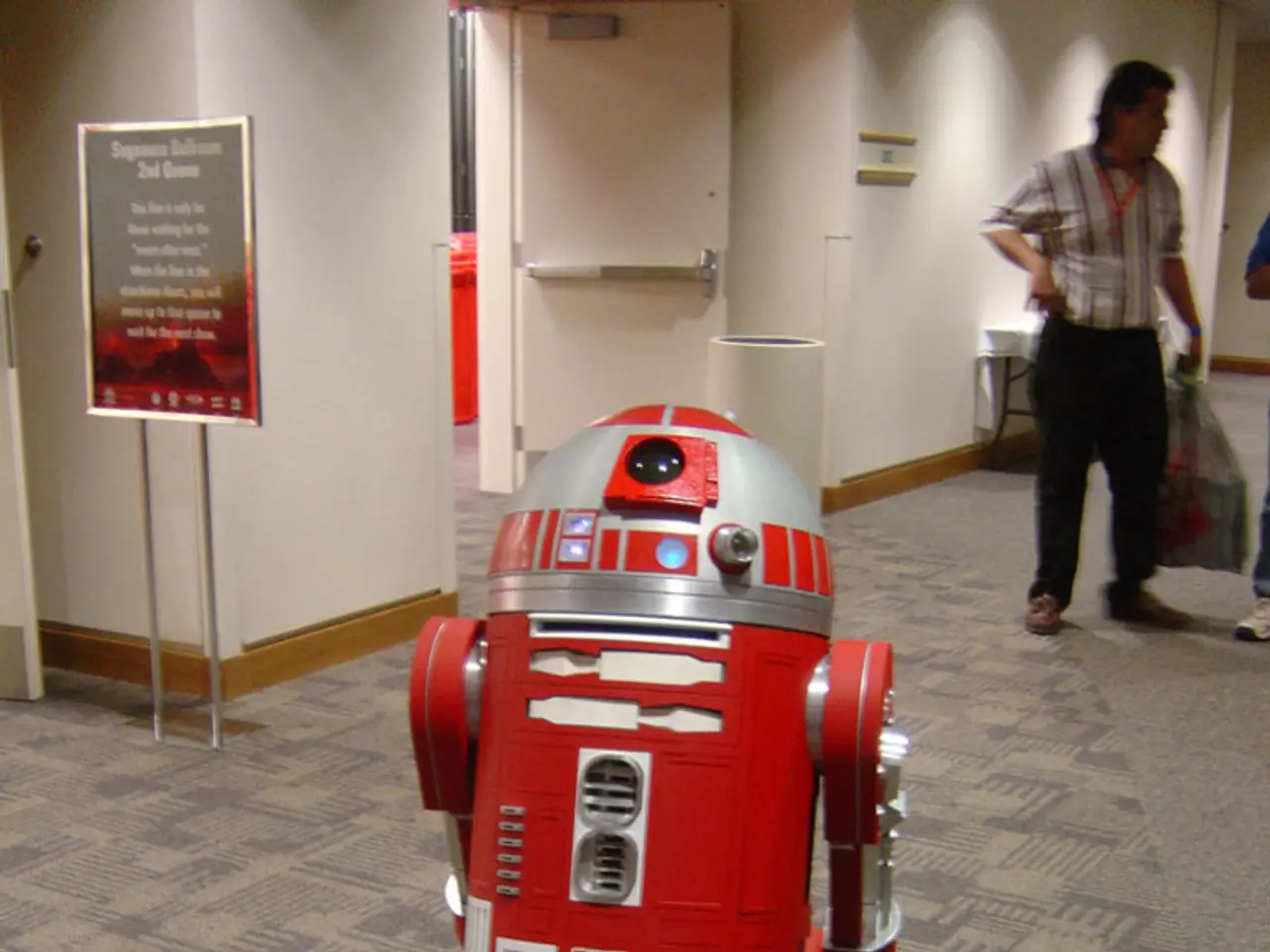AI Agents' Six Key Functions Examined in Detail
The Digital Twin Consortium has introduced an innovative tool, the AI Agent Capabilities Periodic Table (AIA CPT), designed to offer a comprehensive and standardized approach for evaluating AI agent systems. This interactive framework serves as a bridge between business needs and AI agent design, aiming to clarify the role and specific capabilities of AI agents in practical, real-world deployments.
According to Dan Isaacs, general manager for the Digital Consortium, the AI agent market faces evaluation challenges similar to those digital twins encountered in their early days. The AIA CPT aims to address market confusion about AI agents' roles and potential limitations, particularly in sectors like Industry 4.0, smart cities, and autonomous systems.
The AIA CPT organizes AI agent capabilities into six functional areas, covering the full spectrum of agent functions needed for intelligent autonomous behavior. These areas include Perception and knowledge, Cognition and reasoning, Learning and adaptation, Action and execution, Interaction and collaboration, and Governance and safety. This framework allows for the mapping of agent needs to existing digital infrastructure, enabling organizations to accurately define “agentic AI” in operational terms and promote responsible adoption.
The framework is interactive and continuously used, allowing organizations to upload specific use cases and receive customized capability assessments, priority rankings, implementation roadmaps, and supporting materials for development and deployment. It has been validated in active testbed deployments, proving its usefulness beyond theory.
The AIA CPT works in tandem with the Digital Twin Consortium's previous framework, offering overlapping capabilities. Together, the two frameworks aim to develop intelligent digital twins - systems that model the physical world and interact with it directly through autonomous reasoning and action.
By creating a shared language for both technical and business teams, the AIA CPT helps align expectations and clarify capabilities, managing complexity and platform integration as AI agents interact with digital twins and physical environments. This standardized understanding across stakeholders is expected to play a key role in the future of AI agent implementations, ensuring organizations can compare vendors fairly and set realistic expectations for AI agent deployments.
The AIA CPT, designed to clarify the roles and specific capabilities of AI agents, is particularly valuable in sectors like Industry 4.0, smart cities, and autonomous systems, as it addresses market confusion about AI agents' roles and potential limitations. This framework, built on artificial-intelligence, helps create a shared language for both technical and business teams, allowing for a standardized understanding of AI agent systems and their interaction with technology like digital twins.




